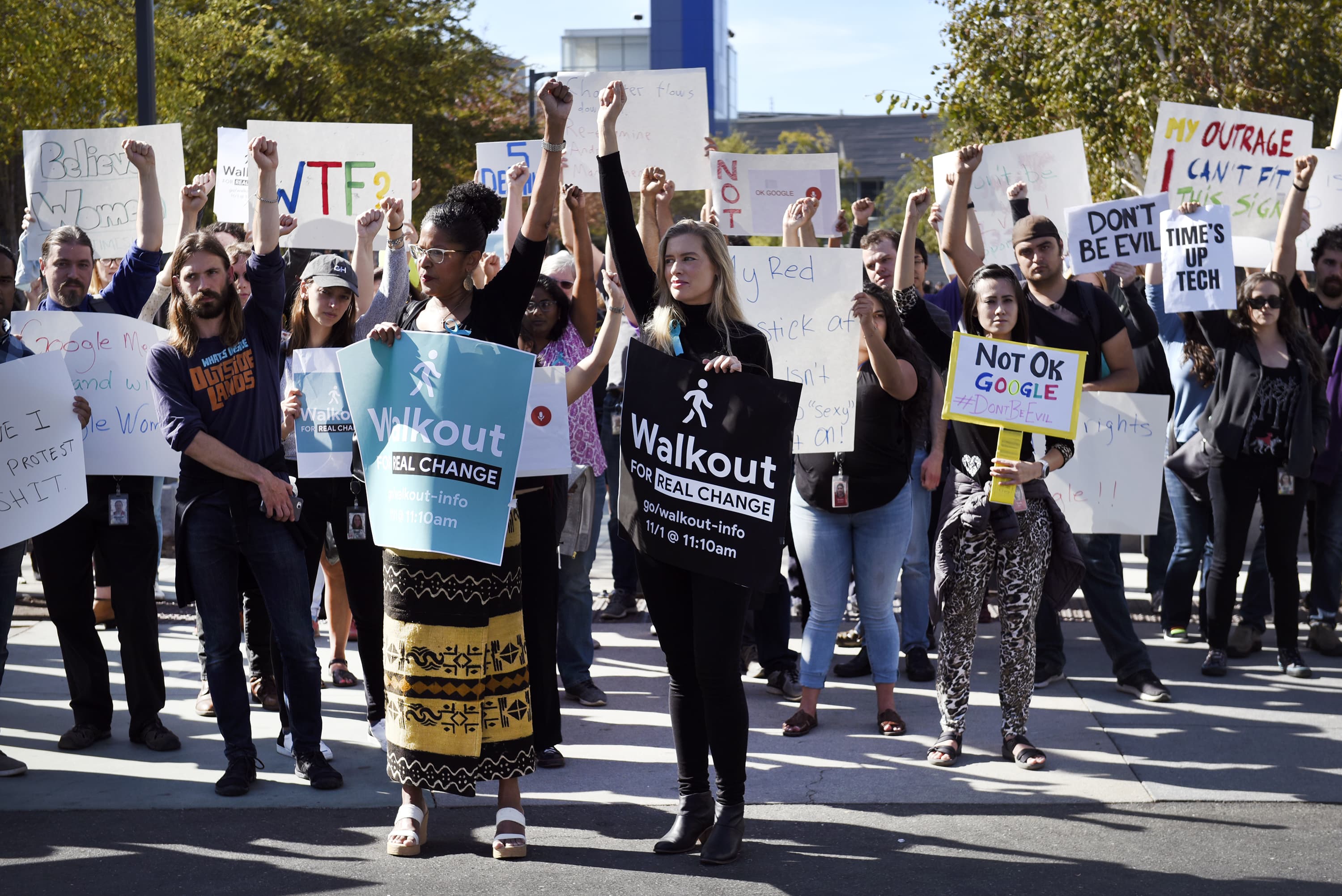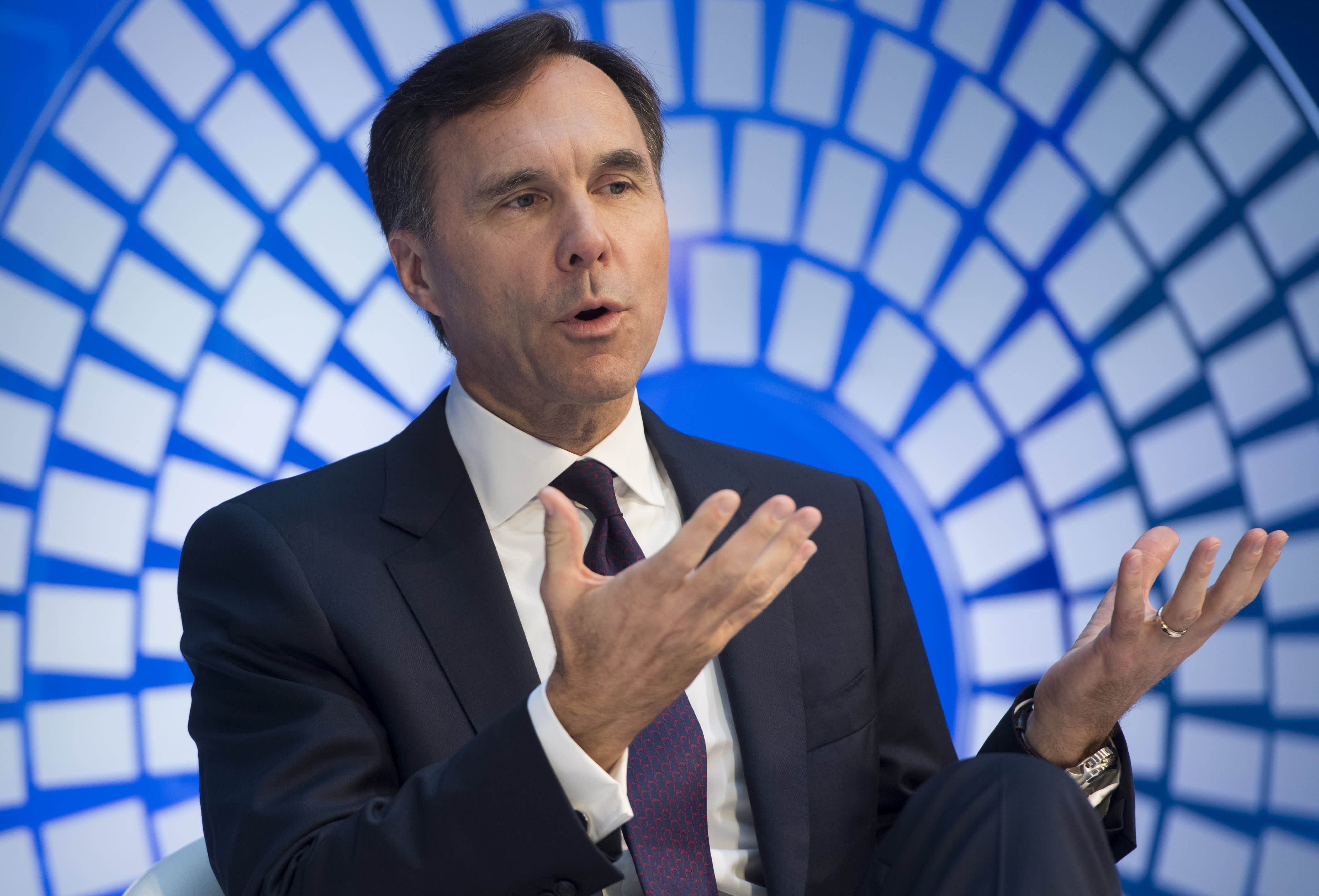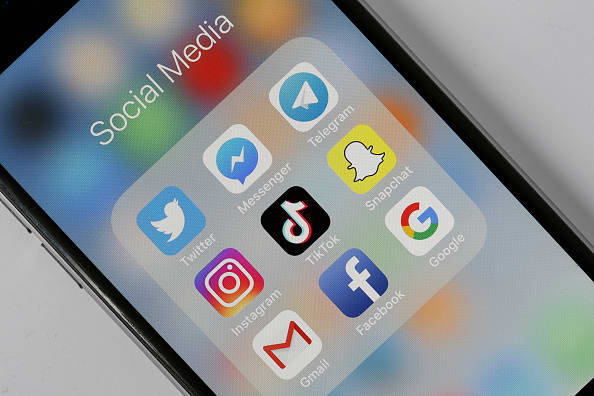Chinese President Xi Jinping attends a Russian-Chinese energy and business forum on the sidelines of the St. Petersburg International Economic Forum (SPIEF), Russia June 7, 2019.
Maxim Shemetov | Reuters
China will not allow the U.S. to interfere in its legislative process and economic policies, but it seems to be showing a readiness to keep its sales in American markets on a steep and steady downward path.
According to data released June 6 by the U.S. Department of Commerce, Chinese goods exports to the U.S. in the first four months of this year declined 12.8% from the same period of 2018, driving the trade surplus down 10%.
Although Chinese data released Monday morning point to a widening Chinese surplus on U.S. trade in the course of May, that wasn't directly comparable to U.S. figures because of differing methodologies. Regardless, the trend of more balanced trade will — and must — continue if Beijing wants to return to normal trade relations with Washington.
Indeed, the signal is clear that China has decided to operate a radical change in its U.S. trade. Taken at an annual rate, China's trade surplus with the U.S. in the January-April interval would be 23.5% below China's surplus for all of last year.
It is a great pity the U.S. and China missed a chance to initiate such a rebalancing trend of their bilateral trade accounts when the Trump administration took office in January 2017.
China's leaders were warned during the U.S. presidential campaign in 2015 and 2016 that Donald Trump, if he became president, would not tolerate excessive and systematic Chinese trade surpluses on their U.S. trades. As the saying goes, China could read the writing on the wall.
China's finally made a wise move
Why Beijing decided to aggravate its trade case with a $901.7 billion merchandise trade surplus during the tenure of an administration virulently opposed to such trade developments is a mystery.
Washington, therefore, could be forgiven for seeing such Chinese policy behavior as a brazen provocation that required a strong American response. And that's what the U.S. did by building a trade complaint including intellectual property violations, forced technology transfers, illegal industry subsidies, non-tariff trade barriers, restricted access to American firms on Chinese markets, Beijing's exchange-rate manipulations and more.
Briefly put, China found itself in a situation where the U.S. called for far-reaching legislative changes in Beijing and closely scrutinized monetary policies as conditions for balancing U.S.-China trade accounts and a continuation of fair, free and reciprocal trade relations.
And as China balked at Washington's demands — while continuing to accumulate nearly a trillion dollars of U.S. trade surpluses on Trump's watch — America stepped up pressure with trade tariffs, adopted an increasingly firm negotiating stance and limited access to U.S. markets and technologies for Chinese companies.
By appearing to ignore Washington's trade warnings, China just made things difficult for itself. Beijing is now doing, under duress, what it should have done three years ago under much more favorable conditions, if it genuinely wanted to promote its policy of harmonious "great power relations."
It is, therefore, pleasing to read the reported comments, made last Friday, by Chinese President Xi Jinping at an international economic forum in Russia: "It's hard to imagine a complete break of the United States from China or of China from the United States. We are not interested in this, and our American partners are not interested in this. President Trump is my friend and I am convinced he is also not interested in this."
The Fed has plenty of room to support the economy
A very welcome sea of change indeed, and an auspicious sign for Xi's meeting with Trump during the G-20 meeting in Osaka, Japan later this month.
China has definitely decided, at the highest levels of state, that a balanced trade relationship with the United States is in the best interest of its economy, its tenuous security ties in Asia and the major role it wishes to play on the world stage.
Such a policy always made sense.
As big as China's exports to the U.S. are — $422.4 billion at an annual rate in the first four months of this year — that is small change compared to what its companies can earn by focusing on vast programs of, what Xi called, "the great rejuvenation of the Chinese nation."
China's estimated 300-plus million middle class citizens represent a formidable market to serve with increasingly sophisticated products and services. And they now seem to be more interested in lucrative investments at home, instead of dropping their millions on overseas trophy purchases.
The only thing I don't like about those new China numbers on U.S. trade are Beijing's precipitously falling purchases of American goods. China's imports from the United States in the January-April interval were a pitiful $34 billion, a whopping 21% decline from the year earlier, and only 24% of what China sold to the U.S. during the same period.
That's got to change. Washington should insist that the balancing of bilateral trade accounts must substantially raise the volume of Chinese purchases of American goods and services.
At any rate, markets can now confidently expect that the big realignment of U.S.-China trade flows is finally under way.
With the prospect of the trade war now virtually over, markets can also count on the Federal Reserve's ample liquidity provisions.
The Fed is trimming its huge balance sheet — $3.3 trillion as of June 5, 2019 — while still maintaining an extraordinarily large amount of bank's excess reserves: $1.4 trillion of funds that banks are ready to lend to businesses and households. And that's what the banks are doing. Their lending to households accelerated in the course of April at an annual rate of 6%.
The doomsayers should note that easy credit and strong labor markets have kept U.S. household spending (about 70% of GDP) growing at an annual rate of 2.8% during the first four months of this year. That's an acceleration from the pace in the previous four months, when consumer outlays are traditionally high as a result of year-end holidays.
Investment thoughts
Trade problems with China are on the mend. China's excessive trade surpluses on U.S. trades have been falling in the first four months of this year at an annual rate of 10%. On current trends, that surplus could fall 24% by the end of this year.
Markets can consider that the big China trade issue is mostly out of the way.
The Fed — a much more important market mover — is maintaining extraordinarily easy liquidity conditions, and it has ample room to do more in an unlikely case of weakening labor markets, falling household incomes and a sustained decline of household consumption.
U.S. equities are still some of the best global assets available.
Commentary by Michael Ivanovitch, an independent analyst focusing on world economy, geopolitics and investment strategy. He served as a senior economist at the OECD in Paris, international economist at the Federal Reserve Bank of New York, and taught economics at Columbia Business School.
Read More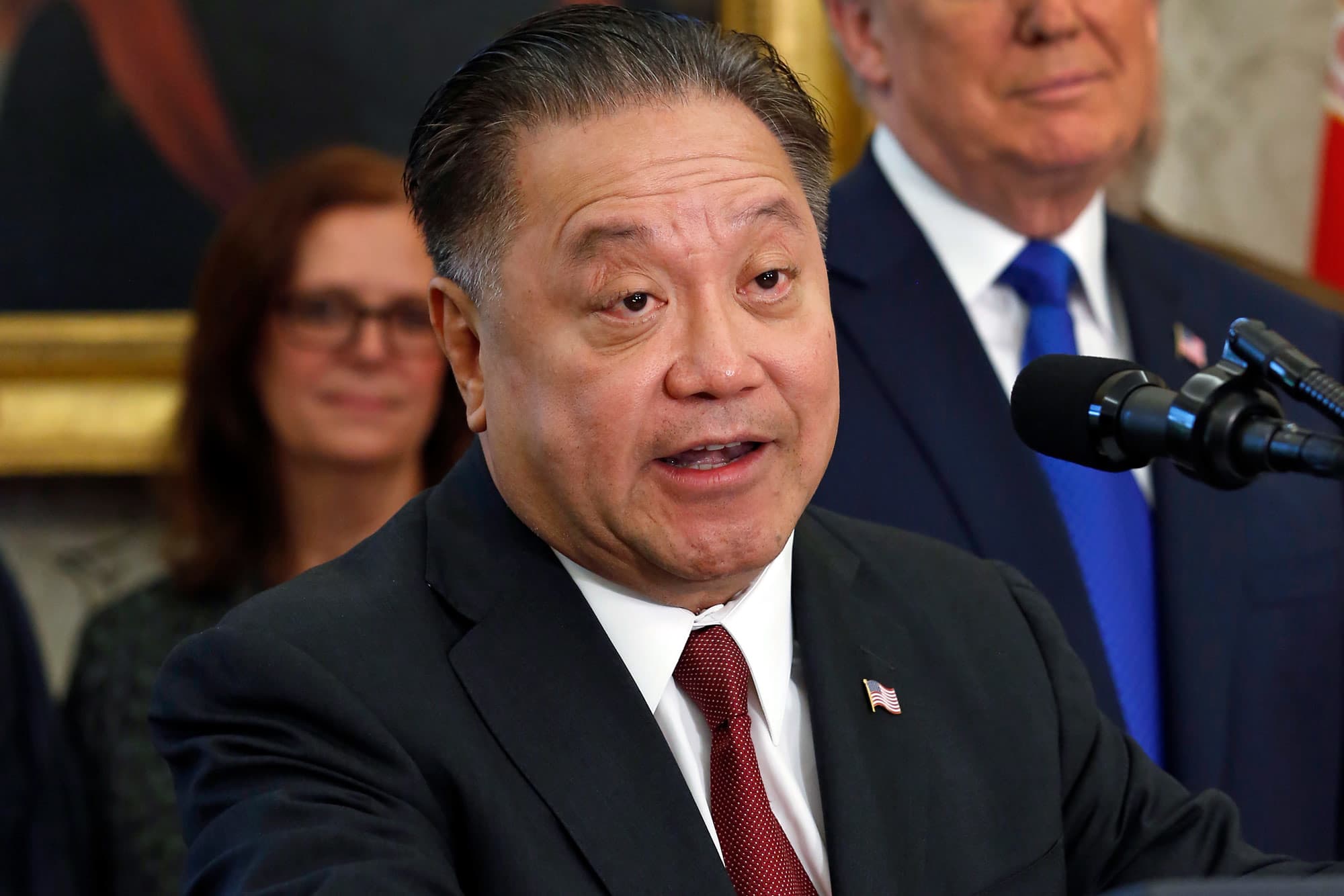

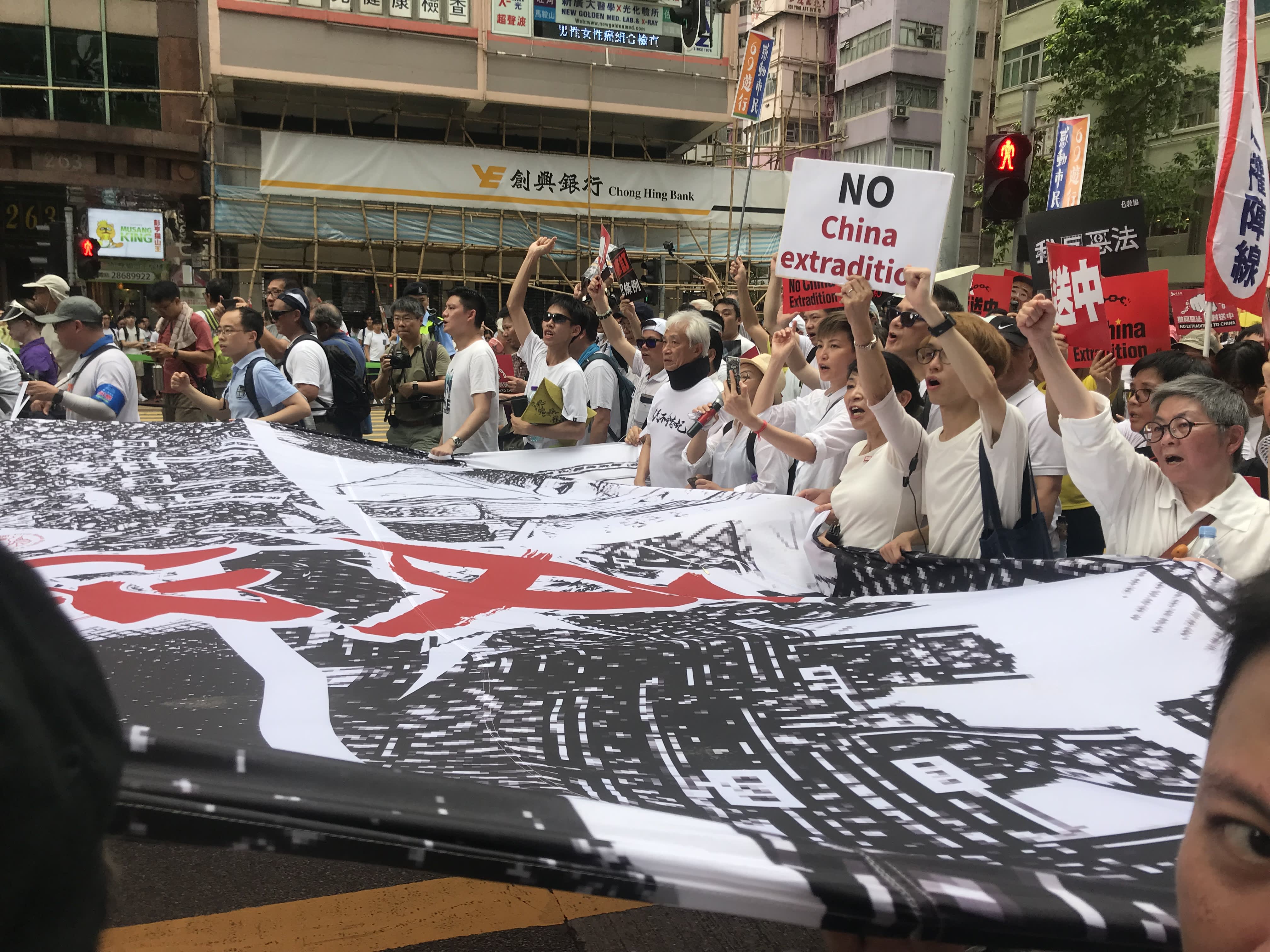

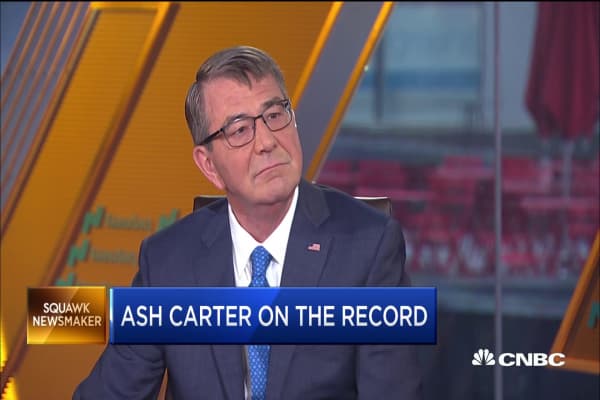


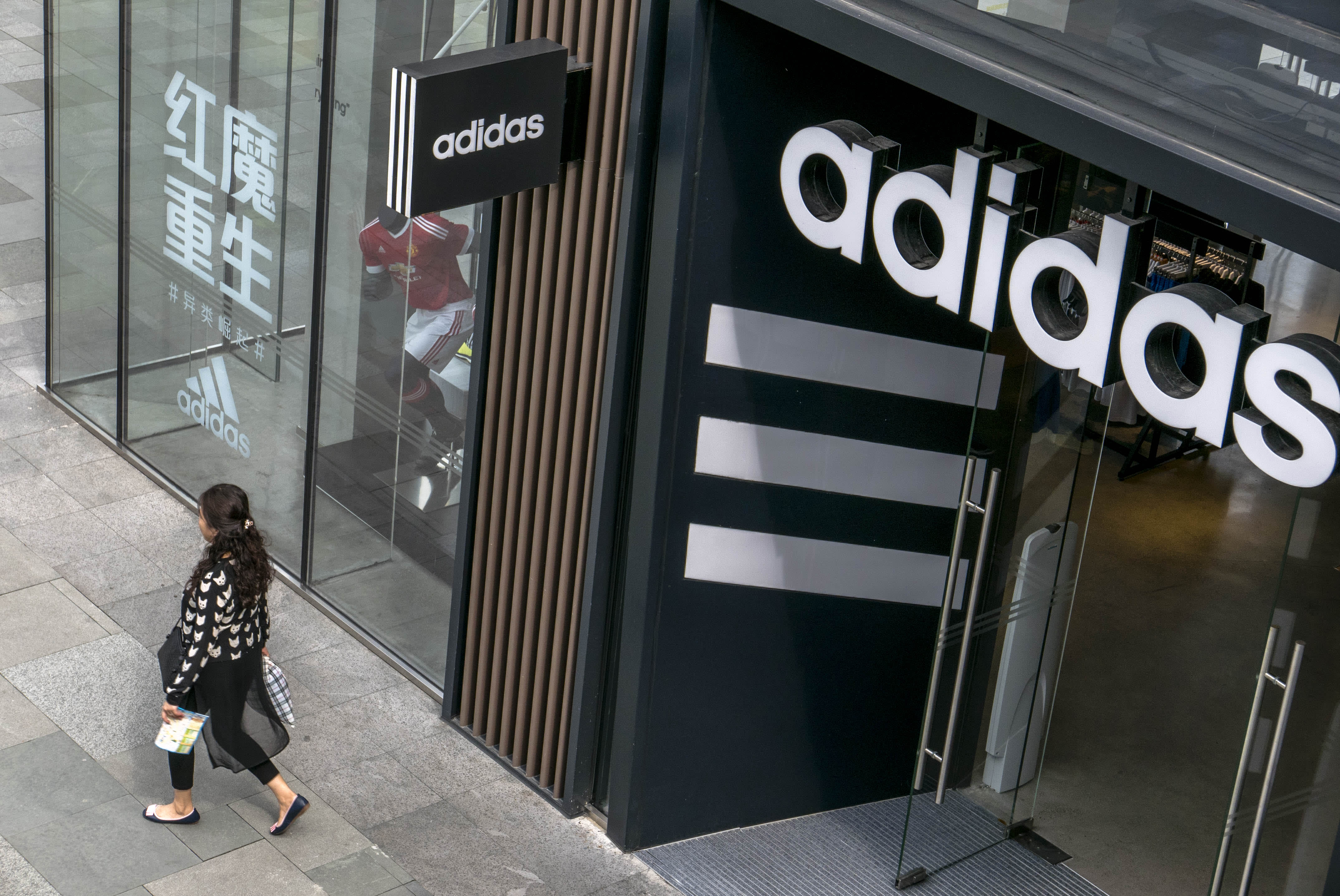
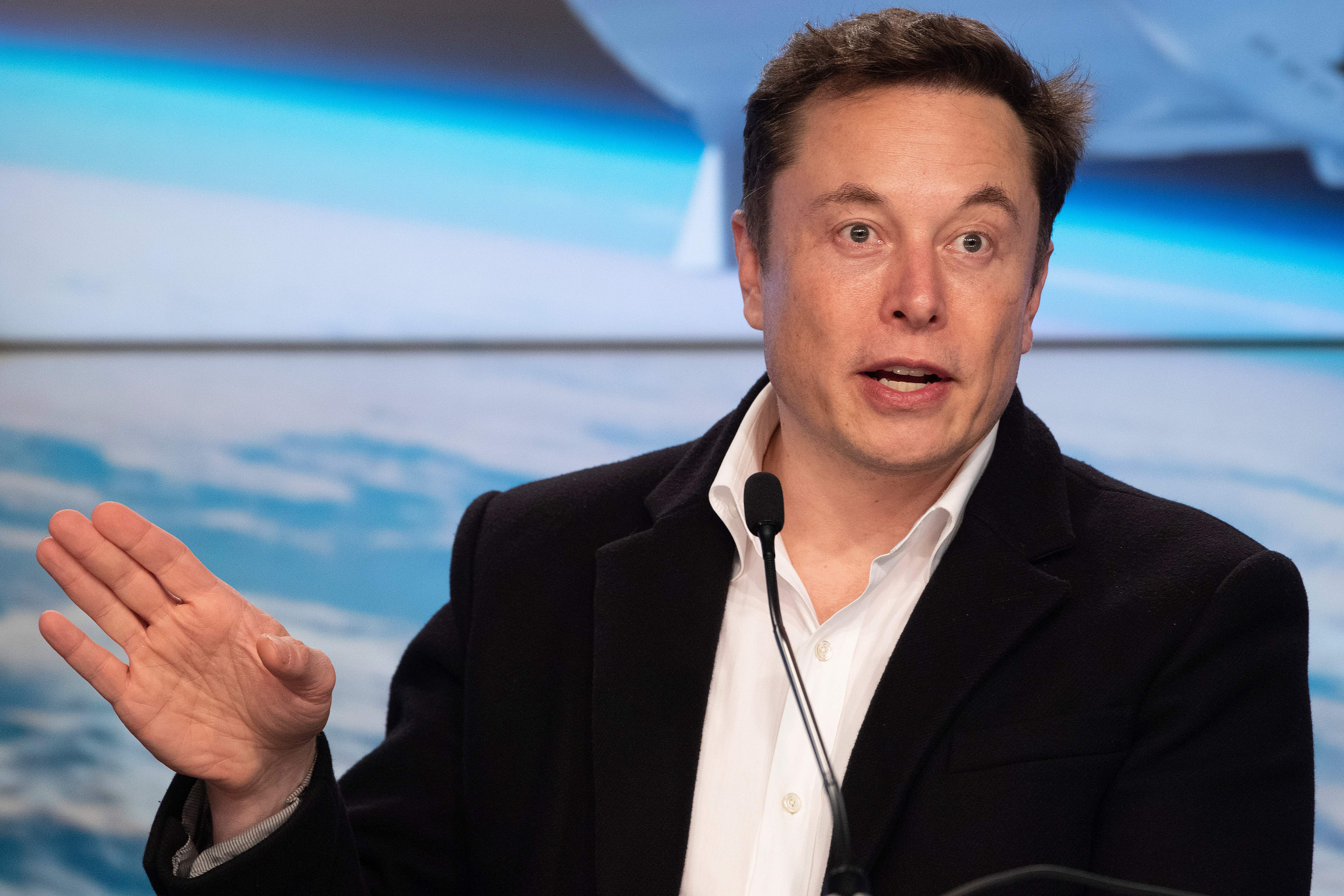

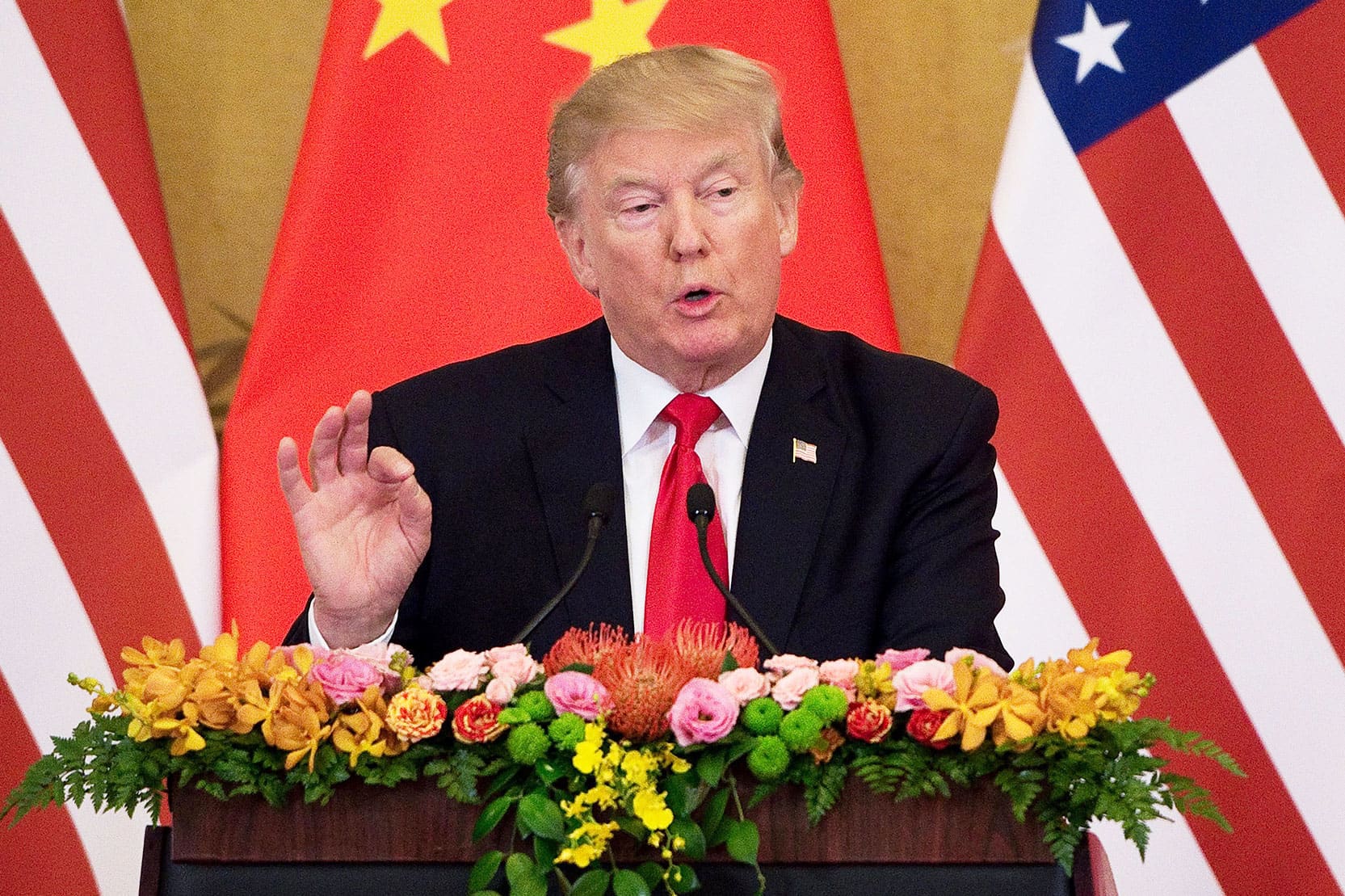

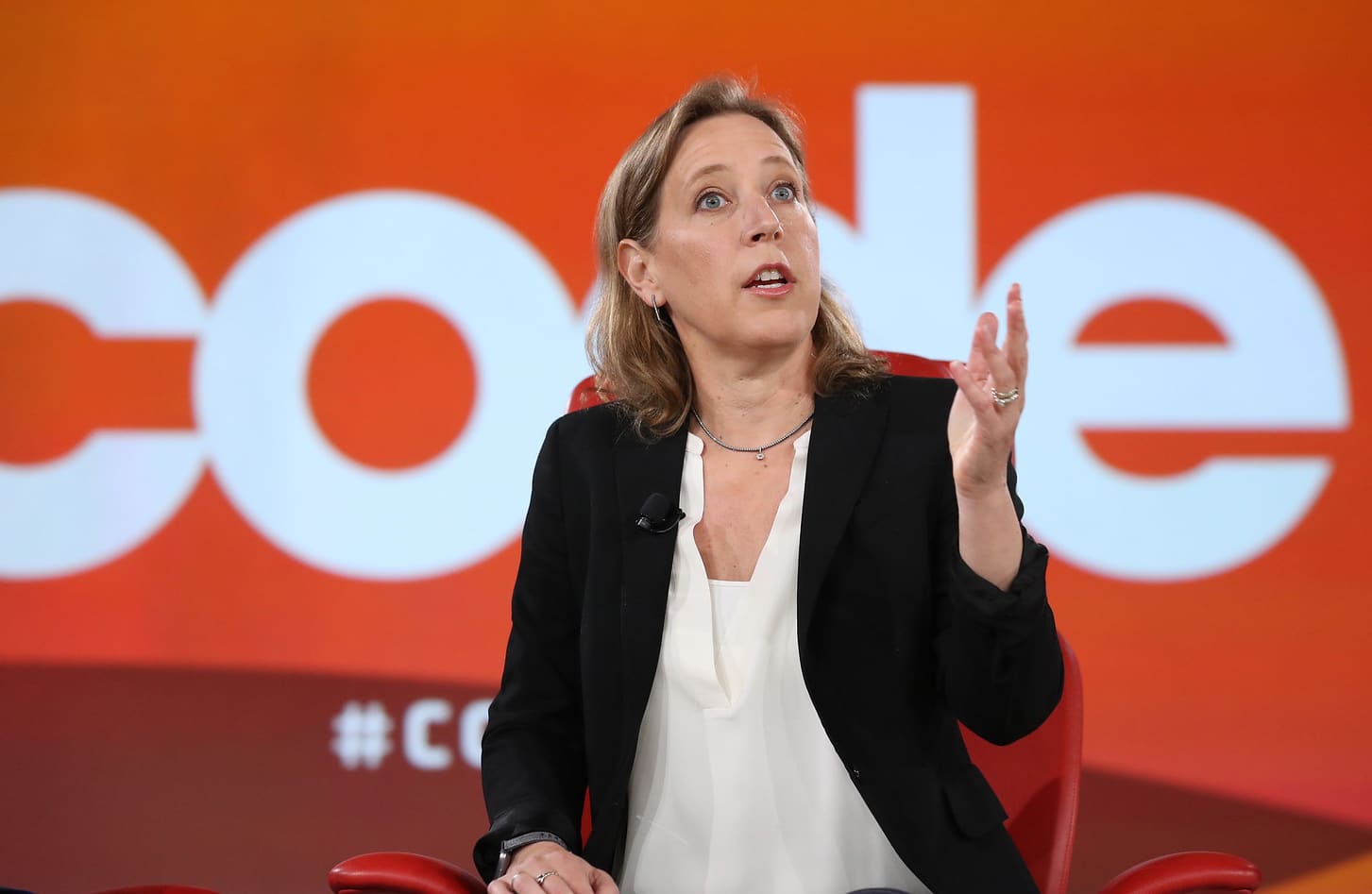



.1559933292571.png)

